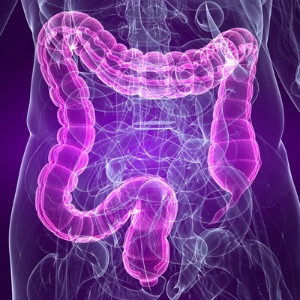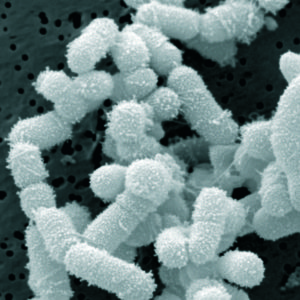 Research is accumulating that the microbial exposure from a vaginal birth, breastfeeding, and pets in the first year of life are all good for a baby's developing immune system and the gut microbiome.
Research is accumulating that the microbial exposure from a vaginal birth, breastfeeding, and pets in the first year of life are all good for a baby's developing immune system and the gut microbiome.
From Science Daily: Breastfeeding, other factors help shape immune system early in life
Researchers say that breastfeeding and other factors influence a baby's immune system development and susceptibility to allergies and asthma by what's in their gut. The striking findings from a series of studies further advance the so-called hygiene hypothesis theory that early childhood exposure to microorganisms affects the immune system's development and onset of allergies, says Christine Cole Johnson, Ph.D., MPH, chair of Henry Ford's Department of Public Health Sciences and principal research investigator.
The gut microbiome is the collection of microorganisms in the gastrointestional, or GI, tract, and the human body has billions of these microbes... The gut microbiome is known to play an important role in immune system development, and is thought to contribute to a host of diseases like obesity, autoimmune diseases, circulating disorders and pediatric allergies and infection.
"For years now, we've always thought that a sterile environment was not good for babies. Our research shows why. Exposure to these microorganisms, or bacteria, in the first few months after birth actually help stimulate the immune system," Dr. Johnson says."The immune system is designed to be exposed to bacteria on a grand scale. If you minimize those exposures, the immune system won't develop optimally."
In six separate studies, researchers sought to evaluate whether breastfeeding and maternal and birth factors had any effect on a baby's gut microbiome and allergic and asthma outcomes. Using data collected from the WHEALS birth cohort, researchers analyzed stool samples from infants taken at one month and six months after birth. They also looked at whether the gut microbiome impacted the development of regulatory T-cells, or Treg, which are known to regulate the immune system. Highlights:
• Breastfed babies at one month and six months had distinct microbiome compositions compared to non-breastfed babies. These distinct compositions may influence immune system development. • Breastfed babies at one month were at decreased risk of developing allergies to pets. • Asthmatic children who had nighttime coughing or flare-ups had a distinct microbiome composition during the first year of life. • For the first time, gut microbiome composition was shown to be associated with increasing Treg cells.
Researchers found that a baby's gut microbiome patterns vary by: • A mother's race/ethnicity. • A baby's gestational age at birth. • Prenatal and postnatal exposure to tobacco smoke. • Caesarean section versus vaginal delivery.• Presence of pets in the home.
Henry Ford's landmark 2002 study found exposure to dogs or cats in the first year of a baby's life reduced their risk for allergies.

 Gut bacteria in children varies among different Asian countries. A
Gut bacteria in children varies among different Asian countries. A  This research suggests that emulsifiers (which are added to most processed foods to aid texture and extend shelf life) can alter the
This research suggests that emulsifiers (which are added to most processed foods to aid texture and extend shelf life) can alter the Nice summary of cancer prevention advice. What it boils down to is that there is no magic bullet for cancer prevention (maybe the closest thing is to NOT smoke), but it's a lot of little things adding up (your lifestyle) that lowers the risk of cancer. From The Washington Post:
Nice summary of cancer prevention advice. What it boils down to is that there is no magic bullet for cancer prevention (maybe the closest thing is to NOT smoke), but it's a lot of little things adding up (your lifestyle) that lowers the risk of cancer. From The Washington Post:
 It is now 104 weeks being free of chronic sinusitis and off all antibiotics! Two full years since I started my easy do-it-yourself sinusitis treatment! And my sinuses feel great! I would never ever have thought such a thing was possible several years ago. Thanks to the probiotic (beneficial bacteria) Lactobacillus sakei I got my life back. Yes, I know I'm gushing...
It is now 104 weeks being free of chronic sinusitis and off all antibiotics! Two full years since I started my easy do-it-yourself sinusitis treatment! And my sinuses feel great! I would never ever have thought such a thing was possible several years ago. Thanks to the probiotic (beneficial bacteria) Lactobacillus sakei I got my life back. Yes, I know I'm gushing...